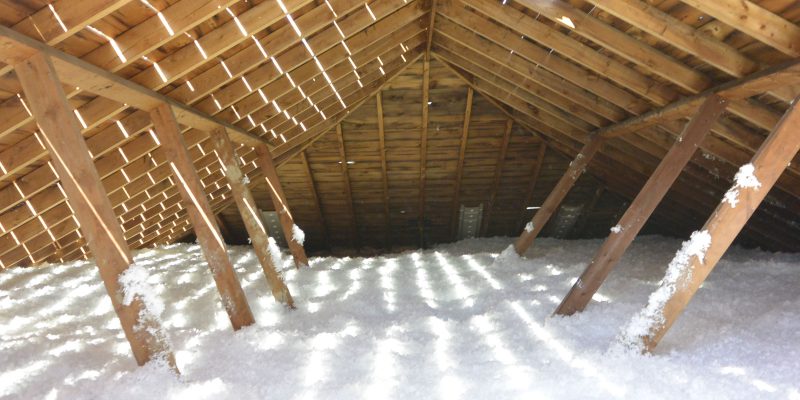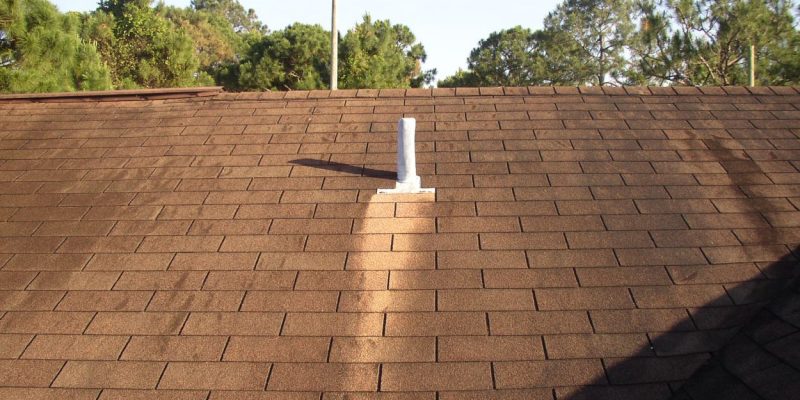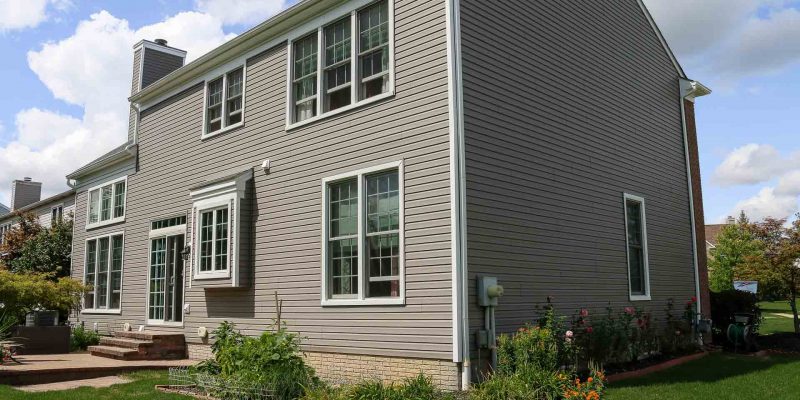In the heart of Iowa, West Des Moines stands out not only for its vibrant community and beautiful landscapes but also for its commitment to energy efficiency and sustainability. One of the key components in achieving an energy-efficient home is proper insulation. This article explores the importance of home insulation, the benefits of hiring a professional insulation company, and what to look for in a reputable service provider.
The Importance of Home Insulation
Home insulation plays a crucial role in maintaining a comfortable living environment. It acts as a barrier against heat loss in the winter and heat gain in the summer, ensuring that homes remain cozy and energy-efficient year-round.
Energy Efficiency and Cost Savings
Proper insulation significantly reduces the amount of energy required to heat or cool a home. This translates to lower utility bills, making it a wise investment for homeowners. In West Des Moines, where temperatures can fluctuate dramatically, having effective insulation can lead to substantial savings over time.
Moreover, energy-efficient homes are not only beneficial for the homeowner’s wallet but also for the environment. By reducing energy consumption, homeowners contribute to lower greenhouse gas emissions, promoting a healthier planet. In fact, many utility companies offer incentives and rebates for homeowners who choose to upgrade their insulation, further enhancing the financial benefits of this home improvement.
Comfort and Noise Reduction
Insulation is not just about energy savings; it also enhances the overall comfort of a home. Good insulation helps maintain a consistent indoor temperature, preventing drafts and cold spots. This is particularly important during the harsh Iowa winters, where a well-insulated home can make all the difference.
Additionally, insulation can act as a sound barrier, reducing noise from outside and between rooms. This is especially valuable in bustling neighborhoods or multi-family dwellings, where peace and quiet are often hard to come by. The right insulation materials can absorb sound waves, creating a more serene living environment that allows families to enjoy their spaces without the intrusion of external noise. For those who work from home or have children studying, this added tranquility can significantly enhance productivity and focus.
Furthermore, the choice of insulation material can also impact air quality within the home. Many modern insulation options are designed to be non-toxic and resistant to mold and mildew, contributing to a healthier indoor atmosphere. Homeowners can select from a variety of materials, including fiberglass, foam, and cellulose, each with unique properties that cater to specific needs and preferences. By investing in quality insulation, homeowners not only improve their comfort and energy efficiency but also create a safer and more pleasant living space for their families.
Benefits of Hiring a Professional Insulation Company
While some homeowners may consider DIY insulation projects, hiring a professional insulation company offers numerous advantages that can save time, money, and hassle.
Expertise and Experience
Professional insulation companies possess the expertise and experience necessary to assess a home’s insulation needs accurately. They can identify problem areas that may not be obvious to the untrained eye, ensuring that every nook and cranny is adequately insulated.
Moreover, experienced professionals are familiar with local building codes and regulations, ensuring that all work is compliant and up to standard. This can prevent costly mistakes and potential legal issues down the line. Their extensive knowledge also allows them to provide homeowners with valuable insights into the most effective insulation strategies tailored to their specific home layout and environmental conditions.
Furthermore, professional installers often conduct thorough assessments of existing insulation, which can reveal hidden issues such as moisture buildup or pest infestations. By addressing these problems during the insulation process, homeowners can avoid future complications that could lead to significant repair costs.
Quality Materials and Techniques
Insulation companies have access to high-quality materials and the latest installation techniques. This means that homeowners can benefit from superior insulation solutions that may not be available through retail outlets. Additionally, professionals can recommend the best type of insulation for a specific home, considering factors like climate, budget, and personal preferences.
Using the right materials and techniques not only enhances the effectiveness of the insulation but also ensures its longevity, providing lasting benefits for years to come. For instance, advanced insulation options like spray foam or rigid foam boards can significantly improve energy efficiency by creating an airtight seal, which is particularly beneficial in extreme weather conditions.
Moreover, professional insulation companies often offer warranties on their materials and workmanship, providing homeowners with peace of mind. This assurance means that if any issues arise post-installation, the company will address them without additional costs, further emphasizing the value of hiring professionals over undertaking a DIY project.
What to Look for in an Insulation Company
Choosing the right insulation company is essential for ensuring a successful project. Here are some key factors to consider when selecting a provider in West Des Moines.
Reputation and Reviews
Researching a company’s reputation is crucial. Look for customer reviews and testimonials to gauge the quality of their work and customer service. A company with a strong track record of satisfied clients is more likely to deliver excellent results.
Additionally, consider asking for references from past clients. Speaking directly to previous customers can provide valuable insights into the company’s professionalism and reliability.
Licensing and Insurance
Ensure that the insulation company is licensed and insured. This protects homeowners from liability in case of accidents or damages during the installation process. A reputable company will gladly provide proof of their licensing and insurance upon request, giving homeowners peace of mind.
Free Estimates and Consultations
Many professional insulation companies offer free estimates and consultations. This is an excellent opportunity for homeowners to discuss their needs, ask questions, and receive expert advice without any financial commitment. During this consultation, homeowners can also assess the company’s customer service and responsiveness.
Types of Insulation Offered
Different types of insulation serve various purposes and are suitable for different areas of a home. Understanding the options available can help homeowners make informed decisions.
Fiberglass Insulation
Fiberglass insulation is one of the most common types used in residential buildings. It is available in batts, rolls, and loose-fill forms, making it versatile for various applications. Fiberglass is known for its excellent thermal performance and soundproofing qualities, making it a popular choice for attics, walls, and floors.
Spray Foam Insulation
Spray foam insulation is a newer technology that provides superior air sealing and insulation. It expands upon application, filling gaps and cracks, which helps to eliminate drafts. This type of insulation is ideal for irregularly shaped spaces and can significantly enhance energy efficiency.
Cellulose Insulation
Made from recycled paper products, cellulose insulation is an eco-friendly option that provides excellent thermal performance. It is often used in attics and walls, and its dense composition helps to reduce noise transmission. Cellulose is treated with fire retardants, making it a safe choice for residential applications.
Conclusion
Investing in quality home insulation is essential for homeowners in West Des Moines, IA. Not only does it enhance energy efficiency and comfort, but it also contributes to a more sustainable future. By hiring a professional insulation company, homeowners can ensure that their insulation needs are met with expertise and quality materials.
When selecting an insulation provider, consider their reputation, licensing, and the types of insulation they offer. With the right company, homeowners can enjoy the benefits of a well-insulated home for years to come, leading to lower energy bills and a more comfortable living environment.
Ready to transform your West Des Moines home into a haven of comfort and efficiency? Look no further than L & L Home Solutions, where our expertise in cutting-edge insulation techniques meets your desire for a sustainable living space. From advanced infrared imaging to identify problem areas to the installation of high-performance fiberglass, cellulose, or spray-foam insulation, we tailor our services to your unique needs. Plus, with potential savings of up to 70% through Iowa Home Energy Rebates and a selection of energy-efficient window replacements, we’re committed to enhancing your home’s comfort and reducing your energy bills. Don’t let drafts and energy loss hold you back. Get A Quote today and take the first step towards a cozier, more cost-effective home with L & L Home Solutions.



